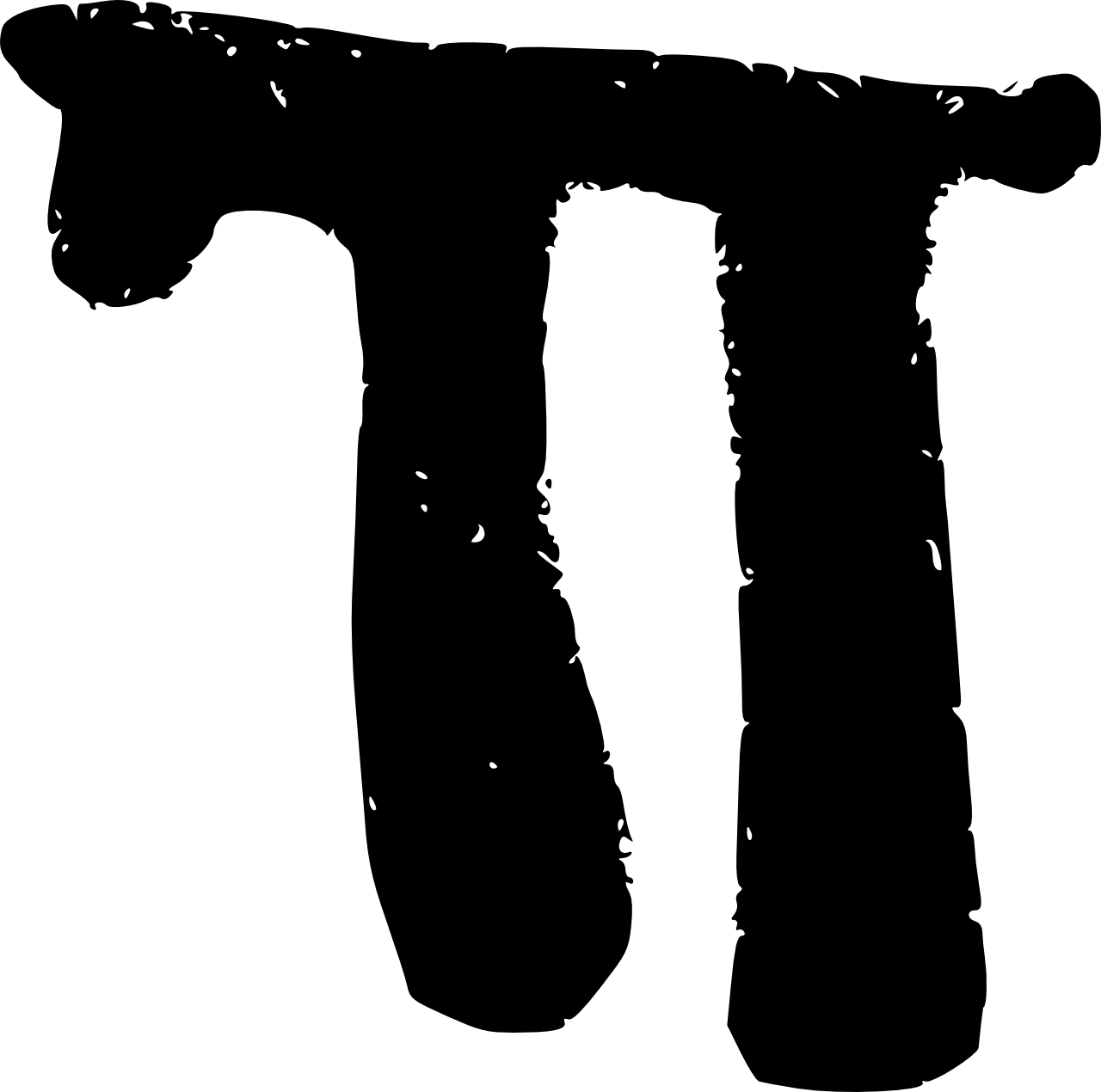Today is March 14th! Which means Pie Day! Wait not Pie, PI!
Pi, denoted by the Greek letter a�?I�a�?, has been part of human knowledge for millennia, but it wasna��t until 1988 that physicist Larry Shaw organized what is now recognized as the first a�?Pi Daya�? celebration at the San Francisco Exploratory science museum. Shaw chose March 14, or 3.14 a�� the first three digits of pi a�� as Pi Day. ShawA�died last year, but Pi Day is stillA�celebratedA�by lovers of mathematics around the world.
As we celebrate again in 2018, here are some Pi Day facts you should know.
What Is Pi?
Pi represents the ratio of a circlea��s circumference to its diameter. Ita��s an important part of the foundation of mathematics, most importantly geometry, where pi is key to equations calculating the area of a circle, A = I�r2, and the volume of a cylinder, V = I�r2h.
Pi has an infinite amount of digits that never repeat!
The History of Pi
VariousA�ancient civilizationsA�calculated approximations of pi, including the Egyptians, Babylonians, and therea��s even a reference to the dimensions of a circle in theA�Bible, but the first calculation of pi as 3.14 is attributed toA�Greek mathematician Archimedes, who lived in the third century B.C.. It was also independently determined by Chinese mathematician Zu Chongzhi (429a��501), whoA�computed piA�to six decimal places. Mathematicians adopted the symbol I� for he expression in the 18th century: Welsh mathematics teacher William Jones isA�often creditedA�with the first use of the symbol in 1706.

